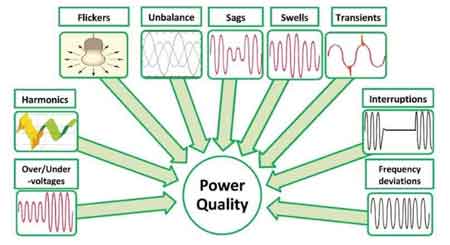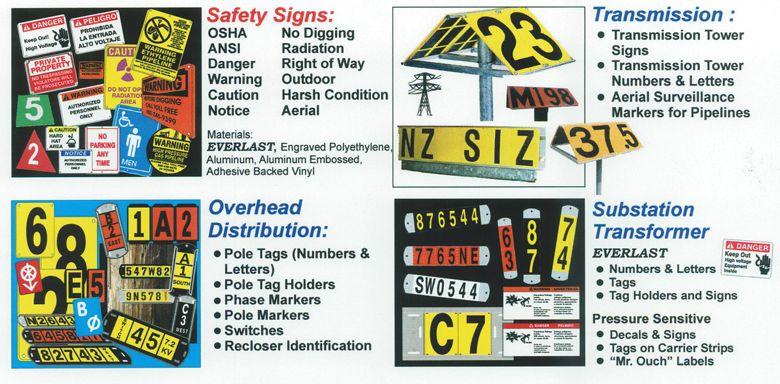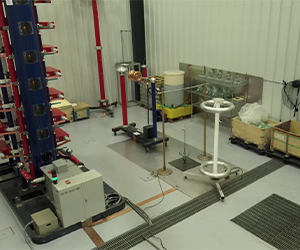Substation Protection Explained
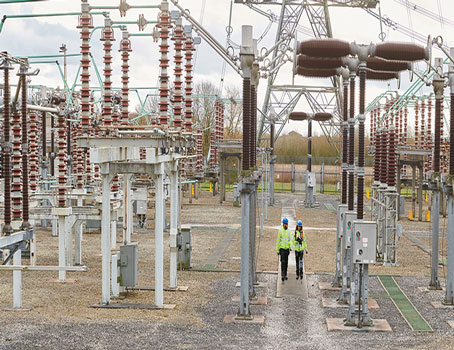
Substation Maintenance Training
Our customized live online or in‑person group training can be delivered to your staff at your location.
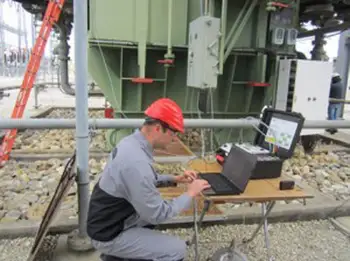
- Live Online
- 12 hours Instructor-led
- Group Training Available
Download Our OSHA 4475 Fact Sheet – Being Aware of Arc Flash Hazards
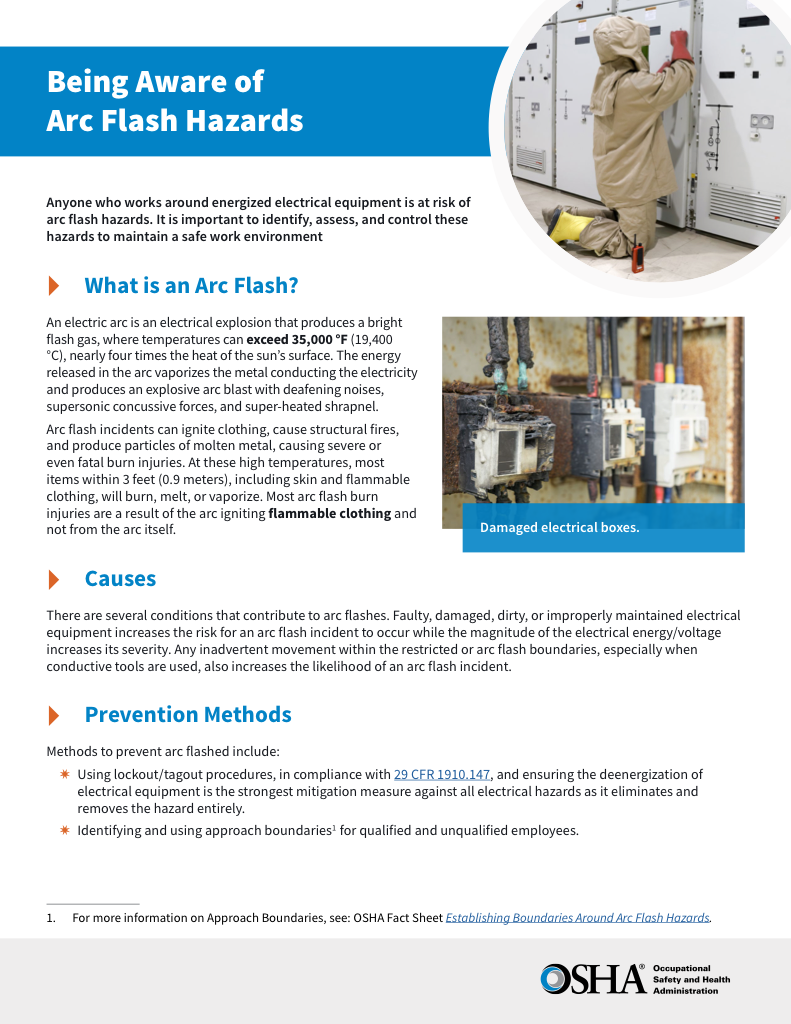
- Identify root causes of arc flash incidents and contributing conditions
- Apply prevention strategies including LOTO, PPE, and testing protocols
- Understand OSHA requirements for training and equipment maintenance
Substation protection safeguards transformers, breakers, and switchgear from faults, overloads, and short circuits. Using relays, grounding, and surge protection ensures electrical safety, reliable power distribution, and stable operation in utility and industrial systems.
What is Substation Protection?
Substation protection is the coordinated system of devices and practices that detect, isolate, and mitigate electrical faults to ensure safety and reliability.
✅ Protects transformers, breakers, and switchgear
✅ Prevents outages, overloads, and equipment damage
✅ Ensures safe, stable, and efficient power delivery
Electrical Transformer Maintenance Training
Substation Maintenance Training
Request a Free Training Quotation
Electrical substations are the backbone of modern power systems, playing a critical role in transmitting and distributing electricity efficiently and reliably. However, without proper protection mechanisms, these vital installations are vulnerable to faults, equipment failures, and external threats that can lead to costly outages and compromised grid stability. Substation protection is the specialized field dedicated to safeguarding substations from such risks. By employing advanced protective relays, sensors, and control systems, the power safety system ensures the safe operation of electrical networks, minimizes downtime and enhances overall system resilience. Let's explore the principles of the power safety system, its key components, and why it is indispensable for maintaining the reliability and safety of power systems worldwide. Effective substation grounding is a cornerstone of substation protection, ensuring fault currents are safely dispersed to protect equipment and personnel.
The Importance of Substation Protection in Power Systems
Substation protection is essential to modern electrical power systems, ensuring the reliable transmission and distribution of electricity across vast networks. Electrical devices serve as critical nodes in this infrastructure, transforming high voltages to levels suitable for end-users and managing the flow of power through transmission and distribution networks. However, the complex nature of these systems means that faults can occur, posing risks to both the equipment and the continuity of service. Robust systems are vital for maintaining stability, minimizing disruptions, and safeguarding assets in the event of a fault.
Sign Up for Electricity Forum’s Electrical Substations Newsletter
Stay informed with our FREE Electrical Substations Newsletter — get the latest news, breakthrough technologies, and expert insights, delivered straight to your inbox.
Protective Relays: The First Line of Defense
At the heart of an effective power safety system are protective relays. These intelligent devices continuously monitor the power system, detecting abnormalities such as overcurrent, undervoltage, or frequency deviations. When a fault is detected, protective relays initiate swift actions, often engaging circuit breakers to isolate the affected section of the network. This coordinated response not only prevents extensive damage to critical infrastructure but also enhances safety for maintenance crews and the surrounding community.
Circuit Breakers: Protecting Equipment and Ensuring Safety
Circuit breakers play a pivotal role in substation protection by physically interrupting the flow of electricity in faulted circuits. These components are engineered to handle immense electrical loads, ensuring that even the most severe faults are swiftly contained. Without their ability to manage high voltages and currents during a fault, the reliability of transmission and distribution networks would be severely compromised.
The Role of Current and Potential Transformers and Substation Protection
Current and potential transformers also play an indispensable role in power safety systems. These specialized transformers provide accurate measurements of electrical quantities, such as current and voltage, ensuring that control systems operate with precision and accuracy. By stepping down high voltages to levels manageable by control equipment, they enable protective relays to function effectively and support accurate fault detection and isolation.
Substation Automation: Enhancing Protection and Efficiency
Modern substations are increasingly adopting advanced automation systems to enhance their operational efficiency and reliability. Device automation integrates protective relays, control systems, and monitoring technologies into a cohesive network that can respond dynamically to changing conditions. This level of automation not only improves fault response times but also provides operators with real-time data on the power system's health. Such insights are invaluable for maintaining the stability of the broader power system. Proper electrical substation maintenance ensures that protective devices remain fully operational, reducing the risk of costly outages.
Frequently Asked Questions
What is the primary purpose of substation protection?
The primary purpose of a power safety system is to safeguard critical equipment within electrical substations and ensure the reliable operation of the broader power system. Power safety system minimizes the impact of electrical faults, such as short circuits or equipment failures, by detecting issues and isolating the affected area to prevent further damage or disruptions. This is vital for maintaining the continuity of power supply, ensuring personnel safety, and protecting expensive infrastructure from catastrophic failures. Without an effective power safety system, the stability and reliability of power transmission and distribution networks would be at significant risk. Specialized electrical substation training equips engineers and technicians with the knowledge to design, operate, and troubleshoot protection systems effectively.
What are the key components of a substation protection system?
A substation protection system comprises several interconnected components that work in harmony to monitor, detect, and respond to faults. Key components include:
-
Protective relays analyze electrical parameters and initiate corrective actions during abnormalities.
-
Circuit breakers isolate faulted sections by interrupting electrical current flow.
-
Current transformers (CTs) and potential transformers (PTs), provide accurate current and voltage measurements to the relays.
- Control systems and automation technologies, which integrate data and coordinate responses across the substation.
Together, these components create a cohesive system that ensures timely fault isolation and prevents damage to other parts of the power network.
How do protective relays detect and respond to faults in electrical substations?
Protective relays are the heart of a power safety system, designed to detect anomalies in electrical conditions such as overcurrent, under-voltage, and frequency deviations. They continuously monitor input data from CTs and PTs to compare against pre-set thresholds. If the relays identify a deviation indicative of a fault, they send a signal to circuit breakers to open and isolate the faulted section. Advanced protective relays can also communicate with control systems to log events, perform diagnostics, and coordinate responses for complex faults, ensuring quick restoration of normal operations. Using a circuit breaker in substation applications is critical for isolating faults and maintaining reliable power distribution.
Test Your Knowledge About Electrical Substations!
Think you know Electrical Substations? Take our quick, interactive quiz and test your knowledge in minutes.
- Instantly see your results and score
- Identify strengths and areas for improvement
- Challenge yourself on real-world electrical topics
What are the challenges and emerging technologies in substation protection?
Power safety system faces several challenges, including:
-
Integration with renewable energy sources introduces variability and requires advanced adaptive systems.
-
Cybersecurity threats, as modern protection systems rely heavily on digital communication and automation.
-
Aging infrastructure may struggle to support modern technologies.
Emerging technologies in substation protection are addressing these challenges. For instance, digital substations equipped with IEC 61850 communication standards enable faster and more reliable data exchange. Artificial intelligence (AI) and machine learning (ML) are also being used for predictive maintenance and enhanced fault detection. These advancements ensure that power safety systems remain robust in the face of evolving complexities in the power grid. Modern digital substations enhance protection by integrating intelligent relays, monitoring systems, and automation for faster fault detection and response.
How does device protection contribute to the reliability of distribution networks?
Power safety systems play a critical role in ensuring the reliability and safety of transmission and distribution networks by minimizing the impact of electrical faults. When a fault occurs, rapid detection and isolation prevent cascading failures, maintaining the stability of the power grid. Moreover, the system safeguards equipment and personnel, reducing the risk of prolonged outages and costly repairs. By maintaining operational continuity and enhancing fault tolerance, the power safety system supports the efficient delivery of electricity to consumers and the overall resilience of the power system.
Substation protection is a critical aspect of modern electrical infrastructure, designed to safeguard substations and ensure the reliable flow of electricity across transmission and distribution networks. It involves advanced systems and technologies, including protective relays, circuit breakers, and transformers, that work together to detect, isolate, and mitigate electrical faults. By preventing equipment damage, minimizing downtime, and ensuring safety, the power safety system plays a vital role in maintaining the stability of the power grid. As power systems evolve with the integration of renewable energy and digital automation, power safety systems continue to advance, addressing emerging challenges and reinforcing the resilience of our energy networks. Implementing the 6 basic rules to ensure substation safety is essential for protecting workers, preventing accidents, and reinforcing overall substation protection strategies.






